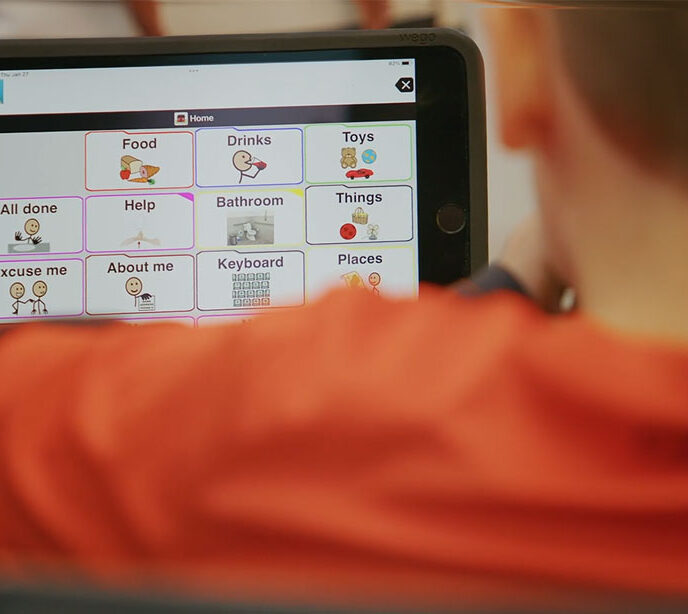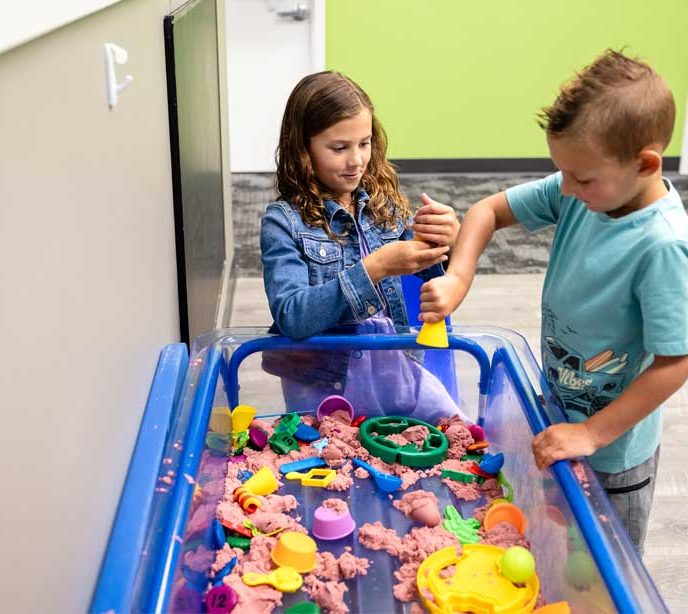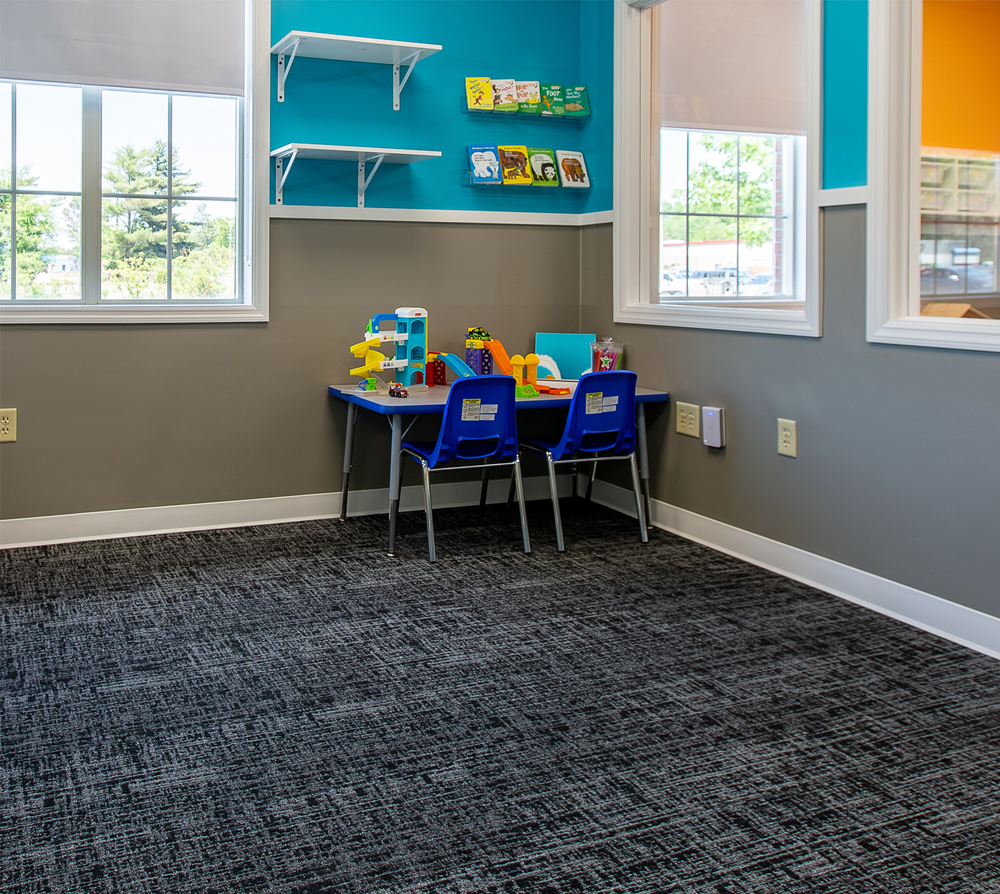Autism and Schools
The Benefits of Autism Options in Public Schools
It is estimated that one in 100 children in America are born with one of the various forms of Autism. So many, in fact, that public health officials have declared it a national health emergency. While intense treatments and specialized schools are expensive and difficult to get into, the government is now requiring public schools to offer educational options for Autistic students.
The Benefits of Autism Options in Public Schools
The first benefit of Autism education options in public schools is that attendance is free. Unlike expensive private schools, children can attend any public school in their district and not have to worry about being held back by their disorder. Autistic students are protected by the Free and Appropriate Public Education Act (FAPE) that pairs with the Least Restrictive Environment plan in order to create a safe environment that incorporates social skills development as well.
Another benefit is that every child is guaranteed a specialized learning plan. This plan sets education goals, tracks the child’s progress and continues to monitor and adjust the goals as the child develops.
The most exciting benefit of Autism education options in public schools is that the child is able to develop necessary social skills by interacting with other students at all learning levels from a multitude of different cultures.
Different Types of Autism Education Options Offered by Public Schools
Most schools will offer at least one of these options but very few will offer all.
- Mainstreaming: This is used for children that are suffering from Autism connected with slow social skill development.
- One-on-One (1:1): This places children in a typical classroom setting with individualized help included.
- Half and Half: Part of the child’s time is spent in the traditional classroom setting, part is spent in a separate special needs environment.
- The traditional special needs class: A separate learning environment that limits contact with other students.
- Specialized class with a small amount of mainstreaming: This is for students looking to gradually develop social skills with a controlled learning environment.
There are several other educational options that public schools can offer. As a parent looking for options for an Autistic child in public school, it is important to speak with a school official and the person in charge of the Autism program about what options the school provides and set up a plan for your child’s developmental needs.
Together, we can unlock your child’s potential
Related News

12/06/2024
Social Skills Deficits – Lighthouse Autism Center
Autistic children often experience social interactions differently, processing social cues and conventions in unique ways and struggling with the basic social skills many of us take for granted. This blog explores how social deficits can affect their daily lives, from communication struggles to peer interactions, and steps parents and caregivers can take to help their […]

12/06/2024
Understanding & Using AAC Devices – Lighthouse Autism Center
Communication is a vital part of our daily lives. For those who have difficulty with vocal speech, Augmentative and Alternative Communication (AAC) can be a useful tool. AAC devices can help both children and adults with speech difficulties express themselves, connect with others, and improve their independence. Read this blog for a deep dive into […]

12/06/2024
Safe Activities for Autistic Children – Lighthouse Autism Center
Safety is a prominent concern for any parent or caregiver of every child regardless of being on the autism spectrum.


